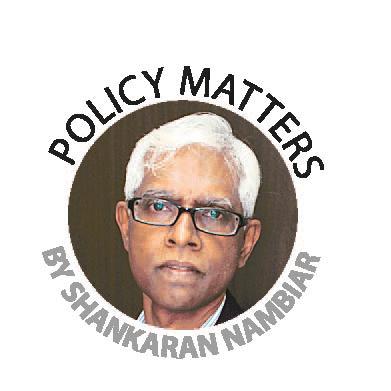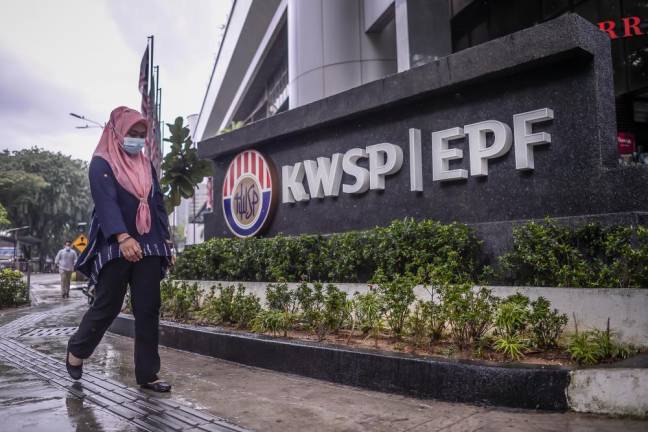THERE is no question that the forthcoming budget will have to be expansionary. In times such as this – and it is at times such as this – that budget deficits are necessary.
The economy will be negatively affected as the months progress by the disruptions caused by the movement control olrder (MCO), necessary as it was. The Sarawak state election that is around the corner will, in all likelihood, lead to a spike in the number of Covid-19 cases.
Leading, possibly, to another round of MCO.
By the end of the year, even if the blanket loan moratorium is extended, the job loss numbers could go up.
Without any doubt, aggregate demand will have to be boosted.
That will imply more expenditure from the side of the government.
But where will the money come from?
There has not been a clear answer to this question.
It has been suggested that the money could come “from a reallocation”.
Again, a less than enlightening response.
The Ministry of Finance will have to discover new sources of revenue.
That is an imposing demand and it is unlikely to be met with any success within a short space of time. The issue is further complicated with SMEs struggling to stay afloat and personal incomes going down, implying that not a great deal of revenue can be raised from tax collection.
One possibility is for a return to the goods and services tax (GST). Abandoning it was probably not the wisest decision; but who knew that you had to retain it as a policy measure to deal with Covid-19.
The GST will include within its net a wide range of individuals and it will cover a wider range of stages in the production process, although its efficacy may not be what it could be because of a cut down in production and consumption.
Debt monetisation is another option.
Under this process, the government finances its fiscal programmes by issuing bonds that the central bank takes up while increasing inflation.
Stimulating price levels is a necessary part of the process.
The Bank of Indonesia has bought almost US$16 billion worth of government bonds and is looking at a US$40 billion debt monetisation scheme, venturing to bear the burden of debt costs.
India could be looking in a similar direction.
However, India has had concerns about the use of debt monetisation.
The policy tool runs the risk of pushing up rates of inflation, eroding the value of the currency and shaving off central bank independence.
Former Reserve Bank of India governor D. Subbarao has commented that if the government cannot finance its deficit at reasonable rates and if bond yields spike high enough to threaten financial instability, then direct monetisation may be the preferred route. In July, he said India was not yet at that critical juncture.
Commentators, however, see India as a potential candidate for this policy tool.
The rate of inflation in Malaysia may well be under control and may not run the risk of being raised to unacceptable levels should debt monetisation be employed.
Other risks loom in the horizon.
One of them being the role that the central bank will play and its independence.
There is no doubt that open market operations could increase inflation.
But that is a decision that would have the central bank in the driver’s seat, a process that would be within the central bank’s ambit.
Debt monetisation would also drive the rate of inflation up, but in this case it would be a process that is determined by how much the government wants to ramp up borrowing and when.
Another potential risk might lie in the fading of boundaries between the Ministry of Finance and Bank Negara Malaysia, something that may not find favour with the central bank.
There could be concerns if a government engages in fiscal deficits without adequate prudence and passes the responsibility for such decisions to the central bank.
This would result in fiscal and monetary policy being inextricably interwined.
Whatever be the decision on the financing of the budget, there is no doubt that it is a burning issue that has to be debated objectively and thoughtfully.
Dr Shankaran Nambiar is head of research at the Malaysian Institute of Economic Research. The views expressed in this article are his own.













